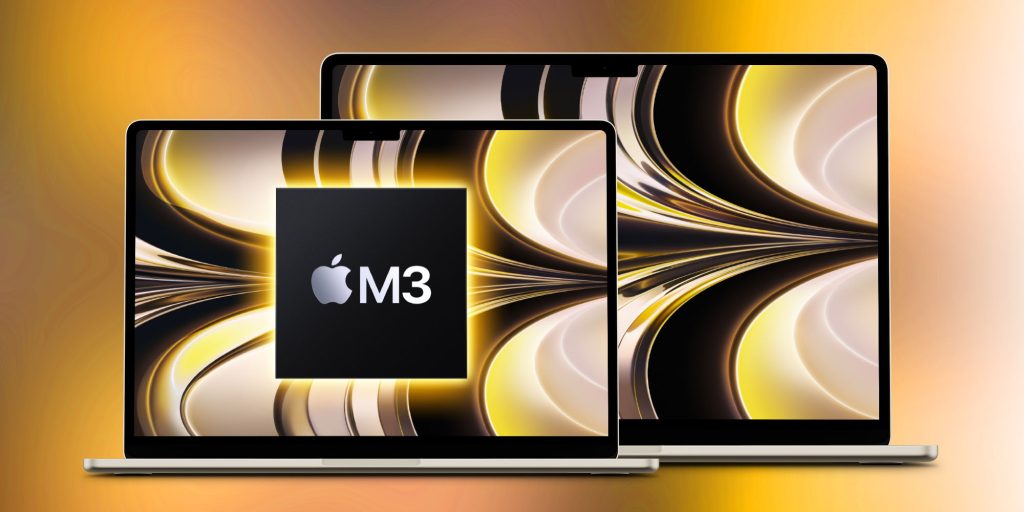
One of the biggest surprises from Apple’s ‘Let loose’ event was the arrival of a new M4 chip in the iPad Pro. It may not have been quite as surprising as Apple originally hoped, but heading into the event there was still a lot of doubt and no real consensus on what chip would power the new iPad Pro.
Yet Apple made the bold move of shipping the very first M4 chip in the iPad. Leaving us all to wonder: why? And what exactly is wrong with the M3 line?
Why the M4’s debut made no sense

Leading up to the iPad Pro’s announcement, M4 doubters had a pretty strong case on their side. The M3 had just launched last October, for starters. Also, the M3 version of Apple’s most popular Mac, the MacBook Air, was released barely two months ago. Surely we were going to ride out the M3 era for a while, right?
Besides all of that, why would Apple debut the M4 in an iPad of all devices? It would be a first, and especially strange timing considering the recent Mac launches.
So what happened?
Trouble in 3-nanometer land

Apple hasn’t provided an exact reason for moving to the M4 so quickly, but it’s pretty easy to put the pieces together based on what has been shared.
Both in the keynote and on its press newsroom, Apple explicitly chose to call out a revealing detail about the M4 chip.
Built using second-generation 3-nanometer technology.
The M3 chip and its siblings were the first Apple silicon generation to use a 3-nanometer fabrication process. But that process was clearly lacking, as the M4 arrives via an entirely new, reconfigured method.
This isn’t altogether unsurprising. Last April, reports surfaced that Apple’s initial move to a 3-nanometer process for its chips was causing noteworthy yield issues for what would eventually become the M3 line.
Taiwan Semiconductor Manufacturing Co. (TSMC) is straining to meet demand from top customer Apple for 3-nm chips. The company’s tool and yield struggles have impeded the ramp to volume production with world-leading technology, according to analysts surveyed by EE Times
Apple moving on from the M3 so quickly, while highlighting that the M4 uses second-generation 3-nanometer tech, all points to some clear ongoing problems with the original M3 fabrication process. It seems there were continuing inefficiencies and yield issues with that original process, and Apple wasn’t content dealing with those problems any longer.
M4 introduces a more effective process
In summary, moving to the M4 not only means that Apple customers get a more powerful chip in their devices. It also allows Apple to minimize the losses associated with manufacturing the M3.
The original 3-nanometer process was plagued by poor performance, and Apple is wasting no time cutting its losses and embracing something better.
The M3 itself is still a remarkable chip, and anyone using an M3-powered Mac should have no concerns about its reliability or capability moving forward. But Apple wasn’t pleased with the friction it encountered when making the chip, so it’s moving on to a better process and, along with it, a better chip.
FTC: We use income earning auto affiliate links. More.







